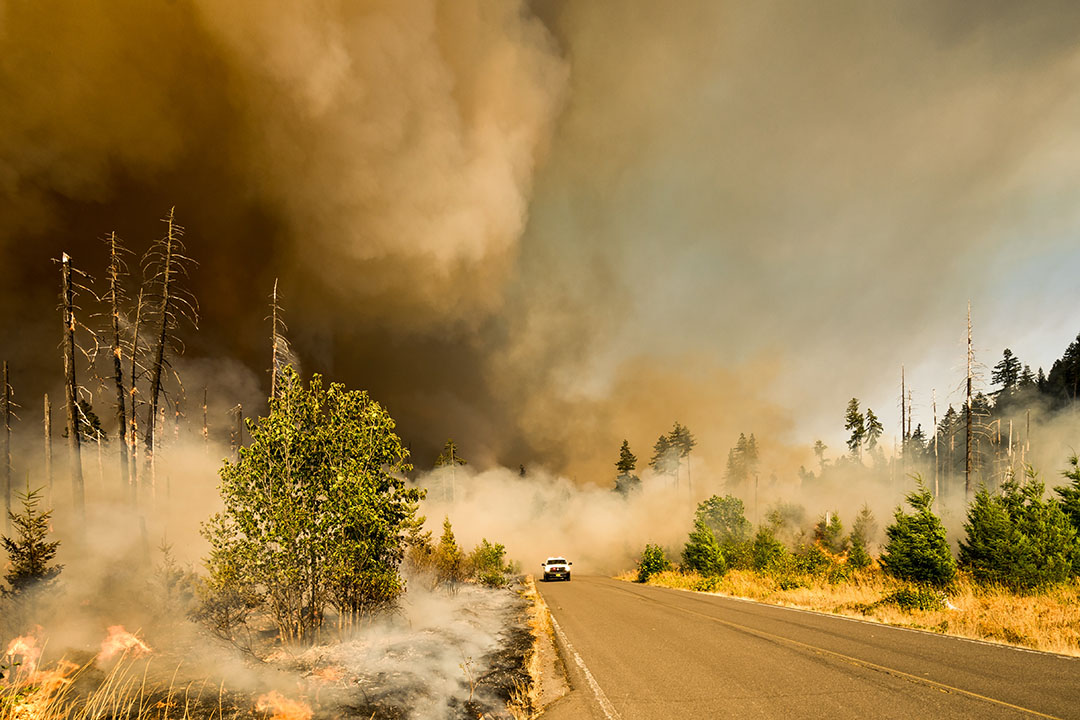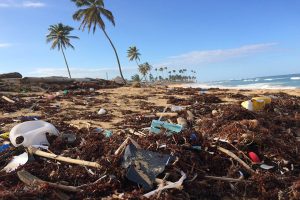The UN Office for Disaster Risk Reduction (UNDRR) issued the sixth edition of its Global Assessment Report (GAR2022), which argues that conventional approaches to risk governance need to evolve to reflect the systemic nature of risk and to “recognize complex causal structures, dynamic evolutions and cascading or compound impacts.” Formulated as a call to action, the report’s recommendations seek to “inspire action and innovation at local, national and international levels to safeguard development and the planet’s future.”
GAR2022 finds that instead of building resilience, tackling climate change, and creating sustainable development pathways, the current societal, political, and economic choices are “pushing the planet towards existential and ecosystem limits.” It warns that if current trends continue, the number of disasters per year globally may increase from around 400 in 2015 to 560 per year by 2030, drought events are likely to see an increase of more than 30% in the period from 2000-2030, and extreme temperature events are projected to almost triple between 2001 and 2030. With disasters affecting almost all areas of sustainable development, these trends jeopardize the achievement of the Sendai Framework for Disaster Risk Reduction (DRR) 2015-2030, the Paris Agreement on climate change, and the 2030 Agenda for Sustainable Development and its SDGs.
Sound disaster risk management can prevent new risk by ensuring that social and economic development are risk-informed.
The report explains that systemic risk occurs through interconnected digital and physical infrastructures, globally integrated supply chains, and urbanization and increased human mobility, among other factors. It recognizes that while systemic risk cannot be eliminated completely, it can be reduced “more effectively.” GAR2022 recommends placing risk reduction at the core of accelerating climate change action, achieving the SDGs, and tackling the challenges for the economy, environment, and equality. Such new approaches, the report indicates, will require “transformations in what governance systems value and how systemic risk is understood and addressed.”
GAR2022 calls for three broad actions:
- Measure what we value. This includes reworking financial systems to account for the real costs of risk, particularly long-term risks, and reworking investment and insurance systems to incentivize risk reduction. It also includes adapting national fiscal planning and risk financing to consider risk and uncertainty.
- Design systems to factor in how human minds make decisions about risk. Policymakers need to recognize the role of people’s perceptions of risk and biases to close the gap between intention and action in reducing risk. Decision makers need to recognize the value of risk analytics as a tool but not a “panacea.”
- Reconfigure governance and financial systems to work across silos and design in consultation with affected people. This involves embracing a new “risk language” that cuts across multiple disciplines, and stepping up participation, transparency, and citizen dialogue in risk decision making to accelerate learning and necessary adjustments. Enhancing multi-scale risk management is also key.
GAR2022 illustrates this approach by providing case study examples from around the world that emphasize contributions of DRR strategies to specific SDGs. In a foreword, UN Secretary-General António Guterres also emphasizes the interlinkages between DRR and sustainable development. “Being ready saves lives – and money,” he writes. “Sound disaster risk management and increased resilience can safeguard hard-won gains in health, education, water, sanitation and more. It can also prevent new risk by ensuring that social and economic development are risk-informed.”
GAR2022 was released ahead of the seventh session of the Global Platform for Disaster Risk Reduction (GP2022). You can read our preview of GP2022 here. [Publication: Global Assessment Report on Disaster Risk Reduction 2022: Our World at Risk: Transforming Governance for a Resilient Future] [Summary for Policymakers] [GAR2022 Landing Page] [UNDRR GAR Series Webpage] [SDG Knowledge Hub Story on GAR2019]

